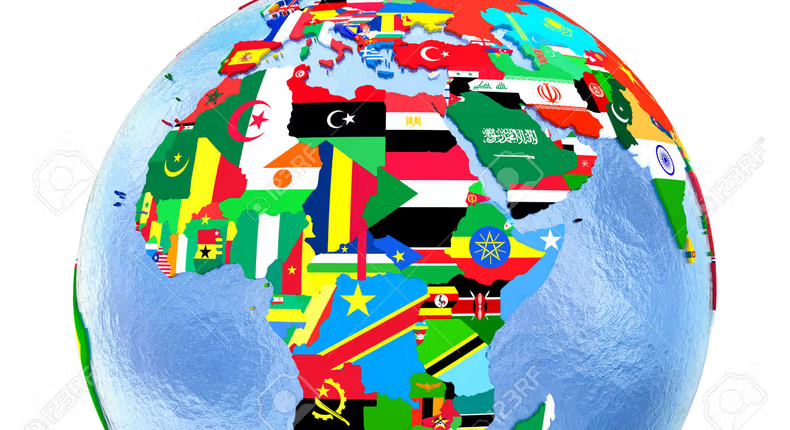The pursuit of better living conditions and economic opportunities has driven significant migration from less developed nations to more developed countries, particularly the United States. The U.S. green card, or permanent resident card, serves as a crucial gateway for immigrants seeking legal residency.
Current Immigration Landscape
As of 2023, there were approximately 12.7 million green card holders in the U.S., with about nine million eligible to become U.S. citizens. The U.S. Census Bureau reported in April 2024 that the U.S. is home to around 46.2 million immigrants, making up nearly 14% of the total population.
African Migration to the USA
The United Nations Population Division estimates that roughly 28.3 million sub-Saharan Africans live outside their home countries, with the U.S. emerging as the top destination for these migrants. In 2022, Nigeria ranked first among African countries for green card acquisitions, with 12,385 green cards issued, followed by Egypt, Cameroon, Ethiopia, and Ghana.
Top African Countries for Green Cards (2022)
- Nigeria: 12,385
- Egypt: 8,348
- Cameroon: 5,879
- Ethiopia: 5,720
- Ghana: 5,451
- Kenya: 5,014
- Morocco: 4,756
- Congo: 4,688
- South Africa: 3,535
- Algeria: 3,125
In terms of global rankings, Nigeria holds the 17th position overall. The data illustrates the significant role Nigeria plays in U.S. immigration patterns.
Reasons for Migration
While individuals migrate for various reasons, including family reunification, education, and safety, work remains the primary motivation. According to USAFacts, 42% of the 1.5 million people who immigrated to the U.S. in 2021 did so for employment opportunities.
Conclusion
The migration of individuals from less developed nations, particularly sub-Saharan Africa, to more developed countries like the U.S. reflects a broader quest for improved living conditions and economic prospects. As immigration patterns continue to evolve, understanding these trends and their implications becomes increasingly important.

